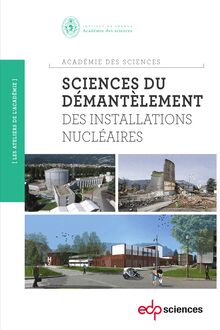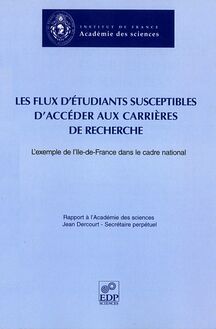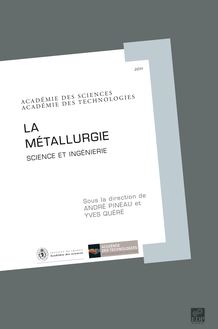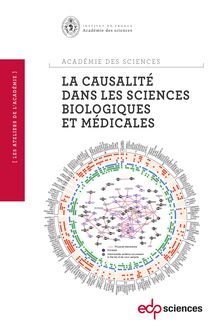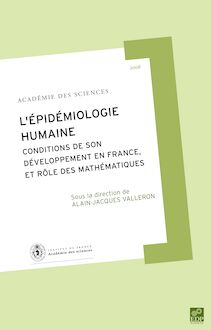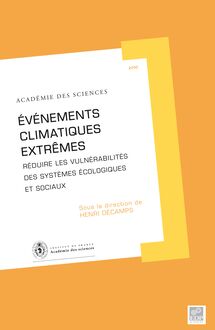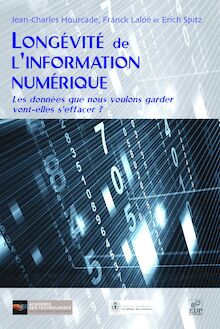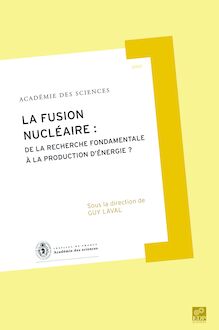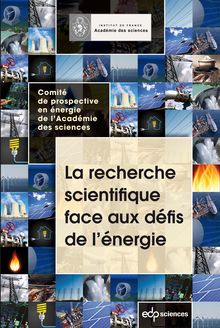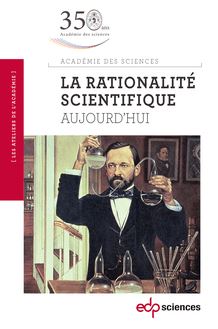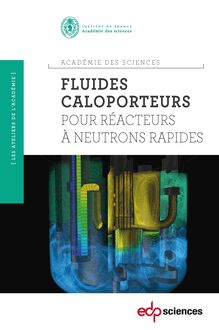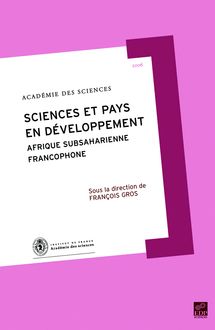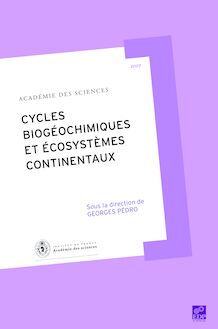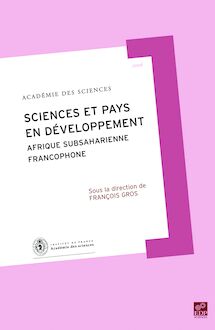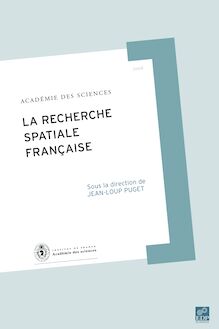-
 Univers
Univers
-
 Ebooks
Ebooks
-
 Livres audio
Livres audio
-
 Presse
Presse
-
 Podcasts
Podcasts
-
 BD
BD
-
 Documents
Documents
-
- Cours
- Révisions
- Ressources pédagogiques
- Sciences de l’éducation
- Manuels scolaires
- Langues
- Travaux de classe
- Annales de BEP
- Etudes supérieures
- Maternelle et primaire
- Fiches de lecture
- Orientation scolaire
- Méthodologie
- Corrigés de devoir
- Annales d’examens et concours
- Annales du bac
- Annales du brevet
- Rapports de stage
La lecture à portée de main
Découvre YouScribe en t'inscrivant gratuitement
Je m'inscrisThe major accident at Fukushima , livre ebook
Découvre YouScribe en t'inscrivant gratuitement
Je m'inscrisEn savoir plus
En savoir plus

Description
“On March 11, 2011, the North-East of Japan was struck by a huge earthquake followed by a major tsunami and a series of accidents that took place at the nuclear power site at Fukushima, with emissions of radioactive elements”. This was the message addressed by Prof. Kanazawa, President of the Science Council of Japan (SCJ), only a few days after the catastrophe, to his colleagues Presidents of the Science Academies, adding that he nourished the hope the “the academies would continue in the future to help with the necessary rehabilitation work”.
The idea arose immediately to set up an ad hoc academic Working Party, with the assigned mission to analyse the events that had taken place in Japan, to make a status report regarding seismic and nuclear risks both in metropolitan France and in overseas territories and to draw conclusions and make recommendations as deemed appropriate to the situation.
The academic Working Party comprised three separate sub-groups, each dealing with one of the three aspects – seismic, nuclear and medical – of the drama as it unfolded.
For each of these components, objects of the three parts of this report, the analysis of observed events in Fukushima was supplemented by a reflection o the strengths and weaknesses of these areas in France, in order to formulate the necessary recommendations and to answer scientific and societal question public arises. Although uncertainties remain and that new information still come each month to enrich the record, the enclosed reports seemed complete enough to be published in the state, after the anniversary of this tragedy that will long continue to challenge us.
Sujets
Informations
| Publié par | EDP Sciences |
| Date de parution | 01 mars 2012 |
| Nombre de lectures | 2 |
| EAN13 | 9782759824861 |
| Langue | English |
| Poids de l'ouvrage | 2 Mo |
Informations légales : prix de location à la page 0,0005€. Cette information est donnée uniquement à titre indicatif conformément à la législation en vigueur.
Extrait
-
 Univers
Univers
-
 Ebooks
Ebooks
-
 Livres audio
Livres audio
-
 Presse
Presse
-
 Podcasts
Podcasts
-
 BD
BD
-
 Documents
Documents
-
Jeunesse
-
Littérature
-
Ressources professionnelles
-
Santé et bien-être
-
Savoirs
-
Education
-
Loisirs et hobbies
-
Art, musique et cinéma
-
Actualité et débat de société
-
Jeunesse
-
Littérature
-
Ressources professionnelles
-
Santé et bien-être
-
Savoirs
-
Education
-
Loisirs et hobbies
-
Art, musique et cinéma
-
Actualité et débat de société
-
Actualités
-
Lifestyle
-
Presse jeunesse
-
Presse professionnelle
-
Pratique
-
Presse sportive
-
Presse internationale
-
Culture & Médias
-
Action et Aventures
-
Science-fiction et Fantasy
-
Société
-
Jeunesse
-
Littérature
-
Ressources professionnelles
-
Santé et bien-être
-
Savoirs
-
Education
-
Loisirs et hobbies
-
Art, musique et cinéma
-
Actualité et débat de société
- Cours
- Révisions
- Ressources pédagogiques
- Sciences de l’éducation
- Manuels scolaires
- Langues
- Travaux de classe
- Annales de BEP
- Etudes supérieures
- Maternelle et primaire
- Fiches de lecture
- Orientation scolaire
- Méthodologie
- Corrigés de devoir
- Annales d’examens et concours
- Annales du bac
- Annales du brevet
- Rapports de stage
